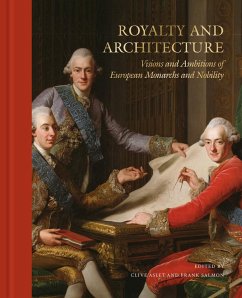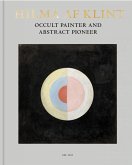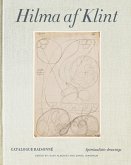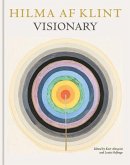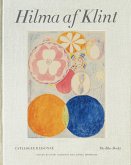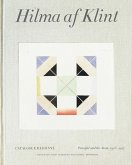It is well known that, throughout history, royalty have built castles, fortresses and entire cities. However, less consideration has been given to individual monarchs who pursued an interest in architecture and in some cases acted as architects. It is well known that, throughout history, royalty have built castles, fortresses and entire cities. However, less consideration has been given to individual monarchs who pursued an interest in architecture and in some cases acted as architects. Recent research on Gustav III of Sweden (1746-1792) has shown that he was in fact the architect for a number of important building projects. George III of England (1760-1820) also had a great interest in architecture, and his drawings and sketches have been preserved. Louis XIV of France (1638- 1715) was greatly involved in shaping the palace and garden at Versailles. And Stanislaw II August's (1732-1798) interest in architectural work had a major impact on the neoclassical style in Poland. In this richly illustrated book, a number of scholars provide additional examples and perspectives on the importance of monarchs for architecture and architectural policy.
Hinweis: Dieser Artikel kann nur an eine deutsche Lieferadresse ausgeliefert werden.
Hinweis: Dieser Artikel kann nur an eine deutsche Lieferadresse ausgeliefert werden.
